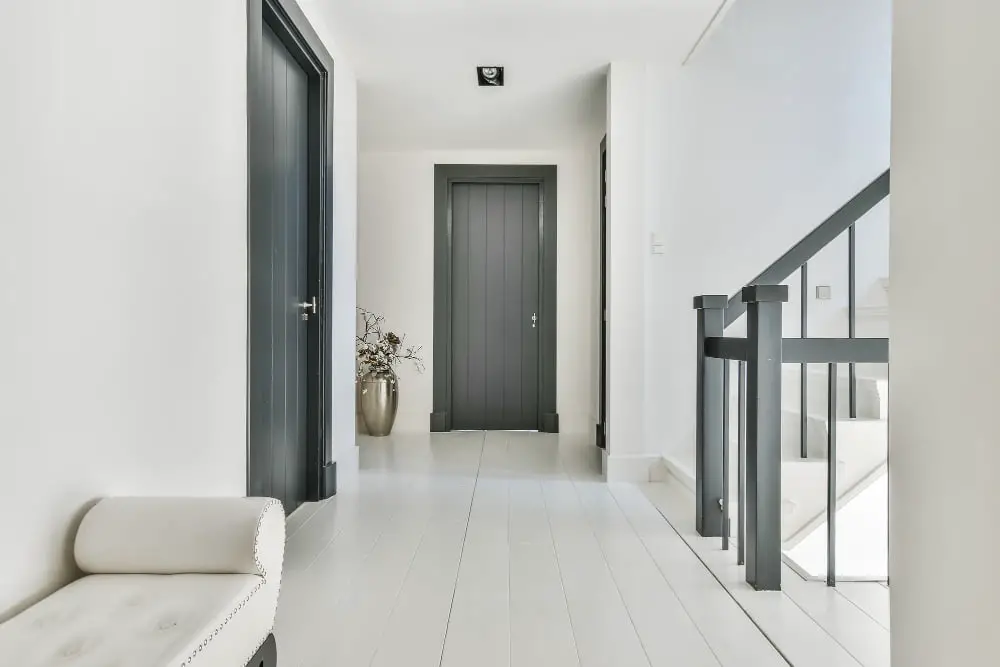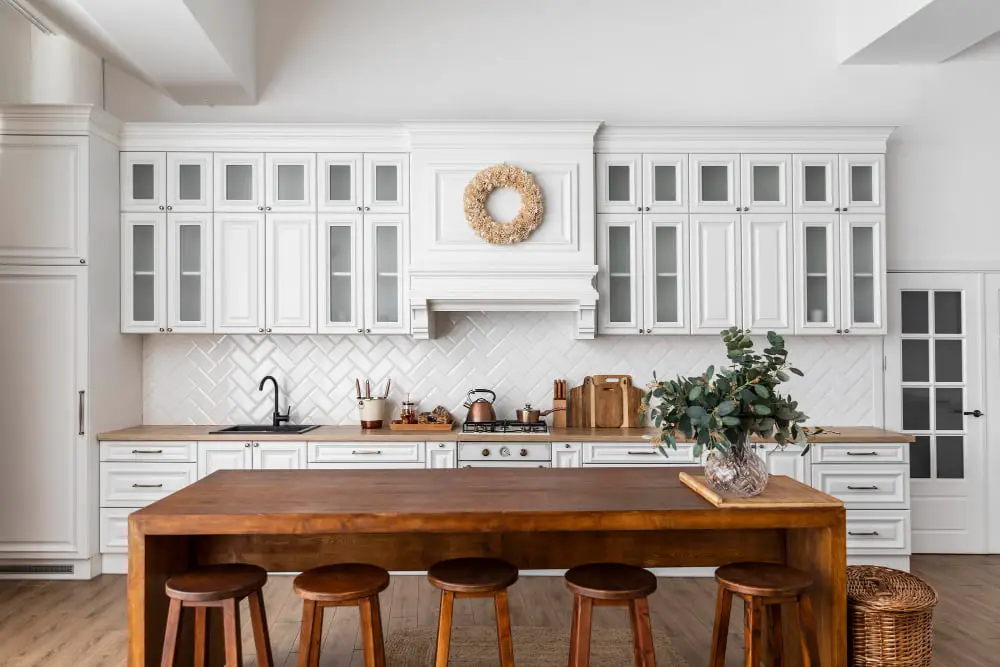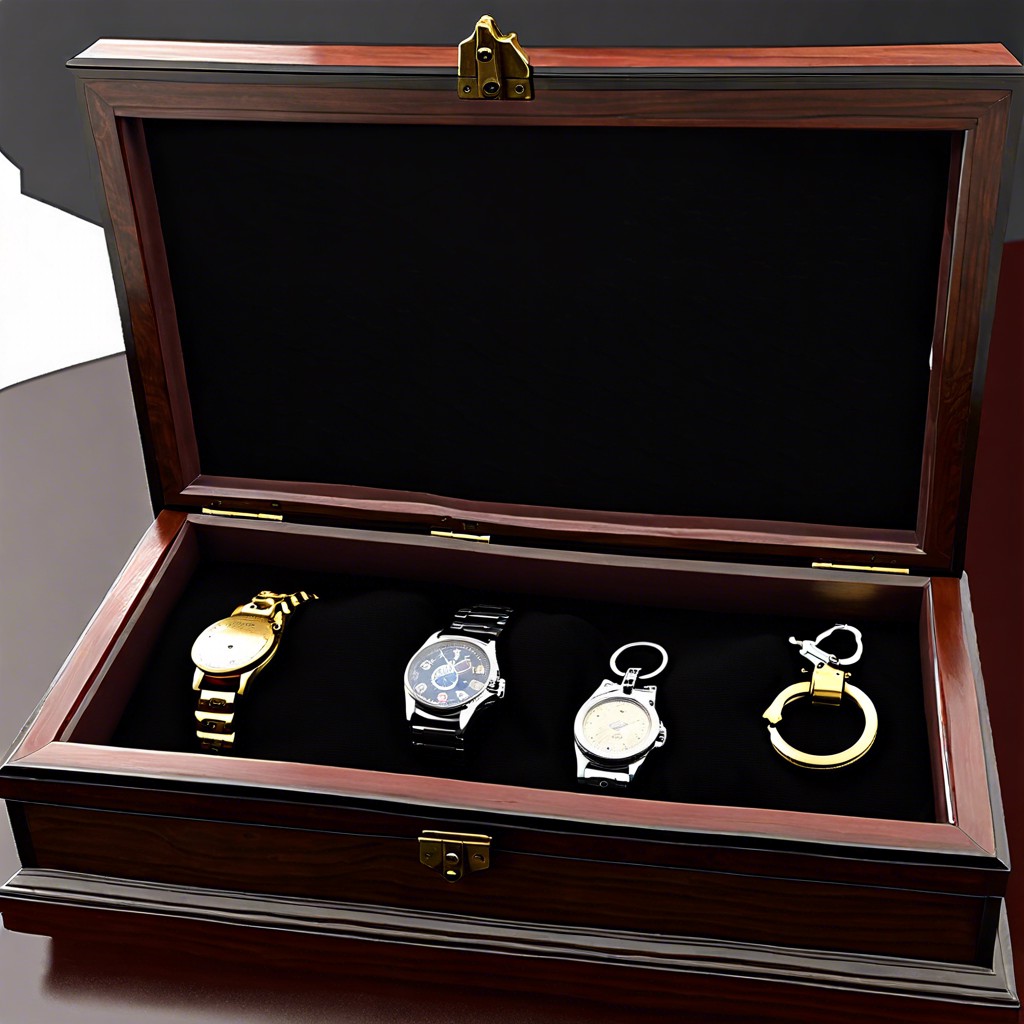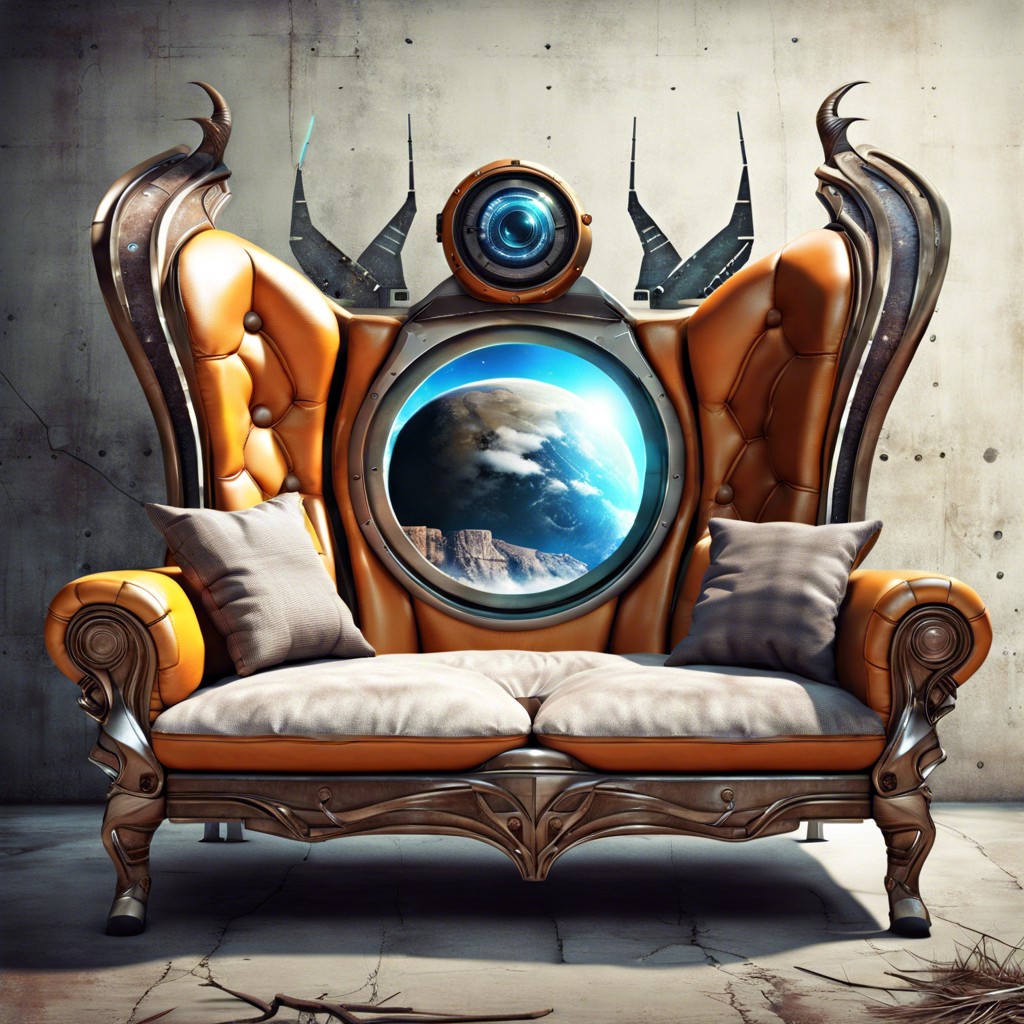Last updated on
As time moves forward, we all find ourselves on the journey of aging, a natural part of life accompanied by unique needs and considerations. According to a report by World Population Review, as of 2023, the population in Austin, Texas, is 966,292, with 9% of the population aged 65 and older, according to a 2021 report from the Austin Chamber.
This demographic shift prompts a crucial question for those in this age group: Is my home ready to support me as I age, or does it need adjustments? We must ponder what adjustments might be necessary to ensure that Austin homes are not just living spaces but places where residents can thrive, adapting to their evolving needs.
To explore this, we’ll delve into the world of home remodeling, searching for solutions to turn living spaces into havens suitable for aging in place.
Install Walk-in Showers in Bathrooms

Bathrooms can be the most hazardous rooms in the house, especially for people who have difficulty bathing or dressing. As you age, you might find the bathrooms that were once suitable when you were young and energetic no longer serve your needs.
Renovating bathrooms with walk-in showers is one effective way to address the issue of falls and slips. Walk-in showers eliminate the need to cross high thresholds, which reduces the risk of slips and falls. Their spacious design allows for easy access, making them suitable for people who require assistance or use mobility aids. The addition of grab bars within the shower area improves safety by providing necessary support.
However, you must let the experts handle these projects. If you’re residing in Austin, search for a company that specializes in bathroom remodels in Austin. These experts adeptly navigate complexities, ensuring the bathroom not only adheres to safety standards but also exudes style and comfort.
Accessible Entrances

Begin by ensuring that your home is easily accessible right from the entrance. One of the first steps in creating a welcoming and user-friendly living space is to replace traditional stairs with ramps at entrances. Ramps provide a smooth incline, making it much more comfortable for everyone to enter and exit the home comfortably. This modification is especially useful for somebody with mobility problems, such as those who use wheelchairs or walkers, as it allows them to navigate the entrance without difficulty.
When installing ramps, it’s critical to use materials that provide a stable surface. To avoid accidents, choose slip-resistant materials. Examine the pathway leading up to the entrance as well. Ensure that it is well-kept and free of obstructions.
Wider Doorways and Hallways

Have you ever tried to fit a couch through a narrow doorway? Not fun. Now, imagine doing that with a wheelchair or walker. Undoubtedly a daunting task. To avert such mishaps, let’s address the issue by widening those doorways!
Typically, standard doorways measure around 30 to 32 inches wide. However, consider enhancing the doorway width to a minimum of 36 inches. It’s like giving your home a breath of fresh air, ensuring everyone can move around without feeling like they’re squeezing through.
And hallways? Let’s give them a bit of breathing space, too—widen them to at least 48 inches. Suddenly, moving around becomes a graceful dance, reducing the chances of accidental bump-ins and creating a safer and cozier living environment.
Changes in the Kitchen

The kitchen is often the heart of the home, where stories are shared and laughter echoes. A space that should accommodate everyone, right? So, let’s start by making upper wall cabinetry more approachable. Bring it down by three inches from the standard height, ensuring that everyone, regardless of height or mobility, can easily reach for the essentials. And for those lower cabinets, let’s introduce pull-out shelves. No more bending over or stretching like yoga pros to grab those items hiding in the back.
When selecting countertops, opt for those with rounded edges and corners. This design pick diminishes the chances of bumps and bruises, ensuring a safer space for all users. A roll-under sink is a thoughtful addition for those who use wheelchairs. It is a specially designed sink that allows for easy wheelchair access by providing open space beneath the sink. This modification enables seniors to comfortably move their wheelchairs under the sink, promoting liberty in daily chores such as cleaning dishes or preparing food.
Smart Home Technology
Smart home technology enhances the comfort and security of your living space. Think about having the ability to control lights, thermostats, and other devices with a simple voice command or a tap on your smartphone. This technology not only makes everyday tasks quicker but also adds to accessibility for those with limited mobility. Lights that switch on when you enter a room or a thermostat that adjusts based on a spoken command can make a significant difference.
Furthermore, smart devices can help boost overall security. Cameras with remote access empower you to monitor your home from anywhere. Smart doorbells show who is at the door, increasing security. These intuitive gadgets generate a more user-friendly setting, making sure your home effortlessly adapts to your needs.
Easy Access with Lever-style Door Handles
It’s time to swap out those old-school doorknobs for something a bit more user-friendly. Enter lever-style handles. No more wrestling with twisting motions; just a smooth push-up or down does the trick. This small switcheroo can make a big difference, especially for those dealing with arthritis or reduced hand strength. Opening doors just got a whole lot easier.
Non-slip Floors for Added Safety
Slipping on a seemingly harmless floor? Been there, done that, right? That fear of falling becomes more real as we age. That’s where non-slip flooring comes to the rescue.
Some simple but effective ways to make your floors non-slip:
- Textured Tiles: Choose tiles with a textured surface for better traction, especially in moist areas like bathrooms and kitchens.
- Non-Slip Mats or Rugs: Use non-slip mats or rugs in high-traffic areas like entryways and hallways. These give an additional layer of grip and stability.
- Rubber Flooring: Rubber flooring has a naturally non-slip surface. It’s a resilient option that can be used in plenty of rooms around the house.
- Vinyl Flooring with a Non-Slip Backing: When shopping for new flooring, look for vinyl options with non-slip backing. This material is long-lasting, inexpensive, and provides a secure surface.
The Takeaway
Building a home that grows with you as you age takes some thoughtful planning and strategic remodeling. These seven tips can spruce up your living space to meet the changing demands of aging, fostering independence and comfort over time. Aging in place isn’t just about adapting for the present; it’s about setting up a home that supports a satisfying and independent lifestyle for years to come.




